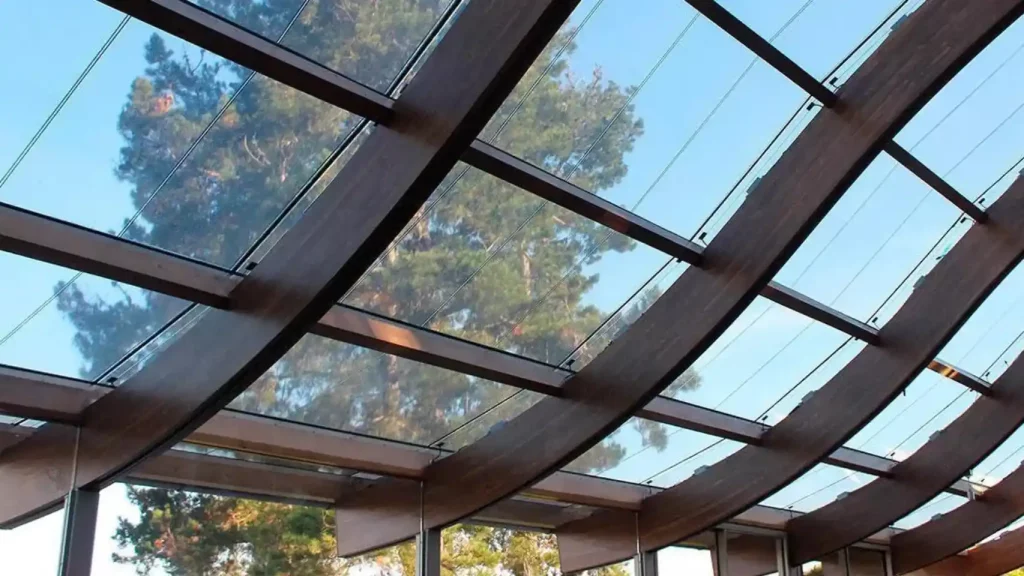Junio, 2024
Transparent solar panels represent a significant breakthrough in the field of solar energy, offering new possibilities for integrating power generation into various surfaces without compromising aesthetics or functionality.
In this post, we will explore what transparent solar panels are, how they work, their advantages and disadvantages, practical applications, and how solar windows are installed.
Introduction
Transparent solar panel technology is revolutionizing the way we harness solar energy.
These panels not only generate electricity, but also allow light to pass through, making them ideal for a wide range of applications where aesthetics and functionality are crucial.
Throughout this post, we will break down the most important aspects of this innovative technology.
What Are Transparent Solar Panels
Transparent solar panels, also known as photovoltaic glasses, are devices that integrate solar cells inside a transparent material such as glass.
Unlike traditional solar panels, which are opaque and require a specific orientation to maximize sunlight collection, transparent solar panels can be installed on windows, facades and other transparent surfaces without the need to change their orientation or tilt.

How they work
The operation of transparent solar panels is based on transparent luminescent solar concentrator (TLSC) technology. These components use organic sauces that capture ultraviolet and infrared wavelengths of light, invisible to the human eye, and convert them into electricity.
While traditional solar panels absorb all sunlight, transparent panels only absorb the invisible waves, allowing visible light to pass through the material.

Solar Windows: Utility & Installation
Solar windows are a specific application of transparent solar panels, designed to be integrated into the architecture of buildings.
Unlike traditional solar panels, solar windows do not require a specific orientation or tilt. Mechanically, they are installed in a similar way to conventional windows. Each glass plate is connected to form a grid that is collected in junction boxes, which facilitates their integration into existing structures without the need for significant modifications.
Although this technology is under development and energy production is lower due to its transparency, solar windows can be installed in large numbers on buildings, compensating for the lower efficiency with a higher amount of active surfaces.
Furthermore, although current production costs are high, research and development is expected to reduce these costs, consolidating solar windows as a viable alternative to conventional solar panels.
Benefits and Drawbacks
Benefits:
- Architectural Integration: Transparent solar panels can be easily integrated into buildings, functioning as windows or facades that generate electricity without affecting the aesthetics of the design.
- Versatility: These panels can be customized in terms of size, shape and color, allowing them to be adapted to various applications and specific needs.
- Space Efficient: As they do not take up additional space, they are ideal for densely populated urban areas where space for conventional solar panels is limited.
Drawbacks:
- Lower Efficiency: Due to their transparency, transparent solar panels produce less energy compared to opaque panels, as they allow some of the light to pass through.
- High Costs: The technology is still under development, resulting in higher production and installation costs compared to traditional solar panels.
Transparent Solar Panels Applications
Currently, transparent solar panels are mainly used in buildings, where they can be placed over existing windows or completely replace them. They function as a complementary source of solar energy, taking advantage of the transparent surfaces without altering the aesthetics of the building.
As the technology advances, the potential applications are vast, including its use in mobile devices, computers and electric cars, providing them with a continuous power source without the need for additional plugs.
Conclusion
Transparent solar panels represent a promising evolution in solar energy technology.
While they still face challenges such as efficiency and cost, their ability to integrate harmoniously into the architecture and their potential for future applications positions them as a valuable alternative in the search for more sustainable energy sources.
With continued technological advancement and cost reduction, we are likely to see a significant increase in the use of these innovative panels in the coming years.

